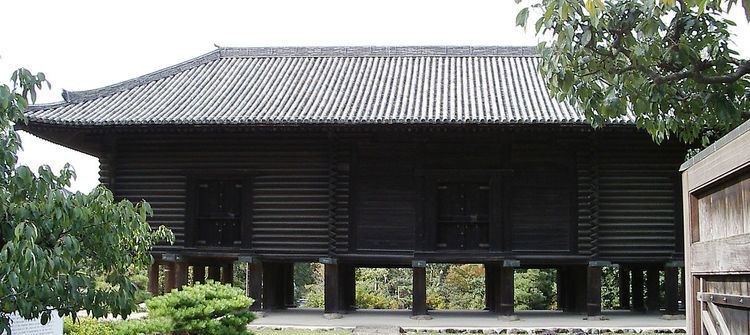645–650 Taika 686–686 Shuchō 704–708 Keiun | 650–654 Hakuchi 701–704 Taihō 708–715 Wadō | |
 | ||
Kōan (弘安) was a Japanese era name (年号,, nengō,, lit. "year name") after Kenji and before Shōō. This period spanned the years from February 1278 through April 1288. The reigning emperors were Go-Uda-tennō (後宇多天皇) and Fushimi-tennō (伏見天皇).
Contents
Change of era
Events of the Kōan era
References
Kōan (Kamakura period) Wikipedia(Text) CC BY-SA
